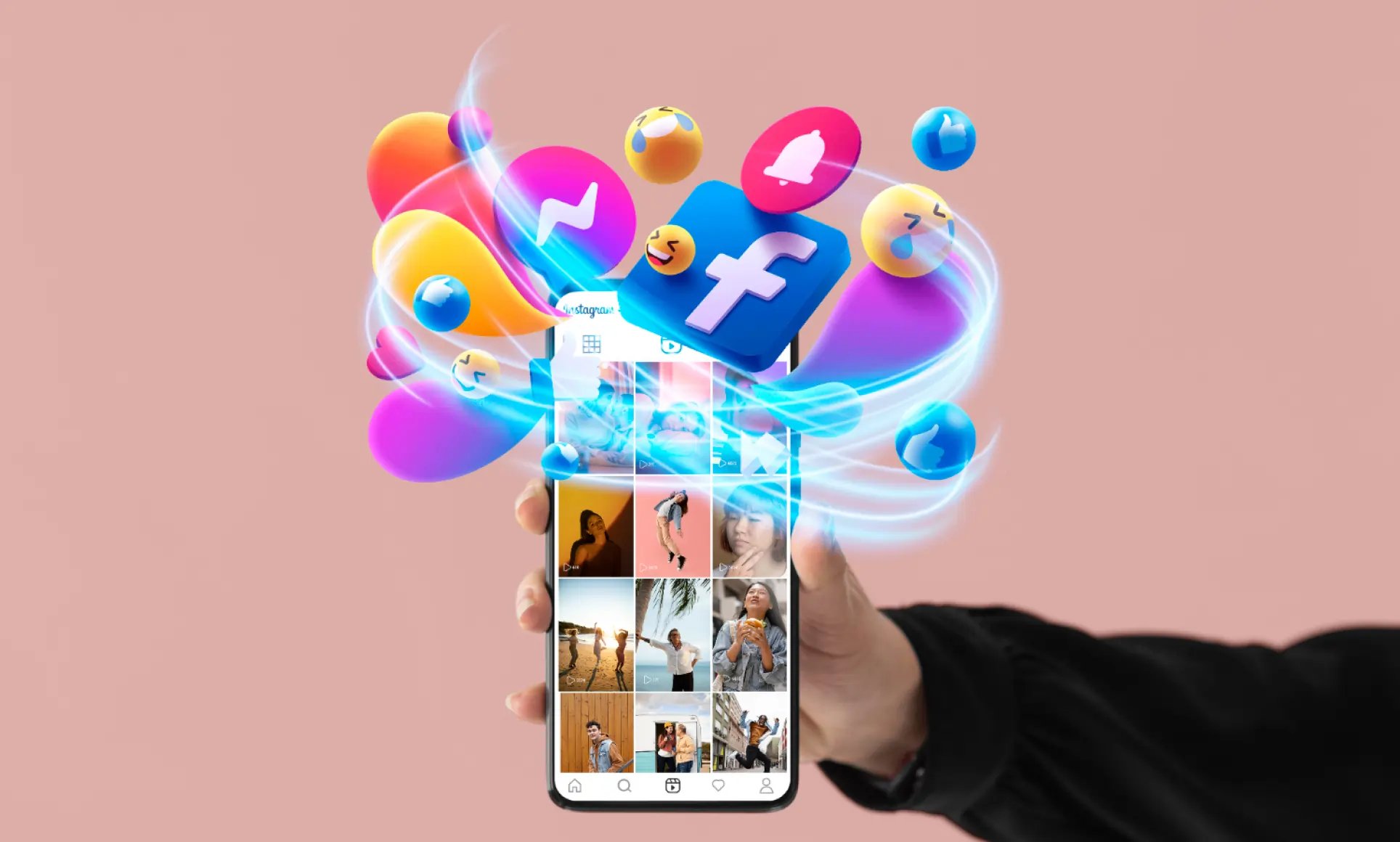
Want to master influencer contract negotiations? Here's everything you need to know to protect your brand, ensure compliance, and build successful partnerships.
Key Takeaways:
- Why Contracts Matter: Avoid disputes over payment, content rights, and performance by having clear agreements.
- 2025 Trends: ROI tracking, multi-platform content licensing, and performance-based payments are shaping contracts.
- Essential Contract Components:
- Deliverables: Define post types, platforms, and performance metrics.
- Payment Terms: Choose flat rate, performance-based, or hybrid models.
- Content Rights: Specify usage duration, platforms, and licensing terms.
- Exclusivity: Include compensation for non-compete agreements.
- Legal Compliance: Follow FTC guidelines for disclosures and intellectual property rights.
- Negotiation Tips: Research influencer rates, set clear goals, and use non-monetary perks like product access or event invites.
Quick Comparison (2025 Trends Impacting Contracts):
| Trend | Impact on Contracts |
|---|---|
| ROI Measurement | Include ROI tracking requirements. |
| Content Licensing | Standardize multi-platform usage rights. |
| Payment Models | Adopt performance-based payment terms. |
With influencer marketing projected to hit $43.8B by 2028, detailed contracts are more important than ever. Let’s dive into how to create and manage them effectively.
Influencer Contracts with a Lawyer: Legal Guidelines and Best Practices
Components of an Influencer Contract
A clear and detailed influencer contract is key to smooth brand partnerships. It establishes expectations and protects both parties involved. Here's a breakdown of the main components every influencer contract should include.
Work Scope and Deliverables
The contract needs to outline exactly what the influencer will deliver. This includes:
| Content Element | Details to Specify |
|---|---|
| Post Types | Number and format (e.g., Stories, Reels, static posts) |
| Platform Details | Social media platforms for content distribution |
| Content Guidelines | Brand tone, required hashtags, and posting schedule |
| Performance Metrics | Targets like engagement rates or clicks (e.g., 5% engagement, 1,000 clicks per post) |
"Detailed specifications reduce misunderstandings and ensure alignment", says Valeriia Chemerys, Head of Media Partnerships at Deeper [2]. Be sure to include requirements such as video length, image format, and any mandatory elements like product placement.
Payment Details
Payment terms should leave no room for confusion. Influencer contracts often use one of three payment models:
| Payment Model | How It Works | Best Suited For |
|---|---|---|
| Flat Rate | Fixed payment per deliverable | Short-term projects |
| Performance-Based | Pay tied to results (e.g., sales, clicks) | Brands focusing on ROI |
| Hybrid | Base rate plus performance bonuses | Long-term collaborations |
A common practice is to pay 50% upfront and the rest upon content delivery [3]. This approach protects both sides and ensures smoother collaboration.
Content Rights and Usage
Define how the brand can use the influencer's content. This includes the length of usage rights, platforms where the content can appear, geographical regions, and attribution details.
"Unexpected content usage can lead to disputes; clear usage rights prevent this", explains an industry expert [5]. Brands often negotiate non-exclusive licenses for 3-6 months, with options to extend.
Exclusivity and Non-Compete Agreements
| Element | What to Specify |
|---|---|
| Duration | Length of exclusivity period |
| Scope | Competitor brands or products covered |
| Compensation | Extra payment for exclusivity |
| Exceptions | Any pre-existing agreements |
"Exclusivity is an important contract term for content creators to look out for - because if a brand doesn't want you to engage with competitors, there should be additional compensation involved" [4]. Typically, category exclusivity adds a 20-30% fee.
With these essential elements in place, you're ready to move on to negotiating terms effectively.
Preparing for Negotiations
Laying the groundwork is key to successful negotiations. Proper preparation ensures both parties can achieve their goals. Here's what to focus on before starting discussions.
Researching Influencer Rates
Understanding market rates gives you a realistic starting point and strengthens your bargaining power. Tools like HypeAuditor can help you evaluate:
| Factor | What to Evaluate |
|---|---|
| Influencer Performance Metrics | Engagement rates, audience demographics, and past campaign results |
| Industry Benchmarks | Typical rates for influencers in similar categories or tiers |
| Platform Specifics | How rates differ across social platforms |
"Negotiation is about finding a mutually beneficial agreement that works for both parties, so be flexible and willing to adapt your proposal." - The Art of Influencer Negotiation, Outloud Group [1]
Setting Campaign Goals and KPIs
Clear goals and measurable KPIs are essential for guiding negotiations. Use SMART objectives that align with your overall marketing strategy and the influencer's capabilities.
| Goal Type | Example KPIs |
|---|---|
| Brand Awareness | Reach, impressions, follower growth |
| Engagement | Comments, shares, saves, click-through rates |
| Conversion | Sales, sign-ups, app downloads |
| Content Creation | Quality of content, delivery schedule, usage rights |
Budget Planning
A well-thought-out budget ensures you’re prepared for all costs while leaving room for negotiation. Consider these components:
| Budget Component | Allocation Considerations |
|---|---|
| Base Compensation | Primary payment for the agreed deliverables |
| Performance Bonuses | Extra rewards for surpassing KPIs |
| Usage Rights | Fees for extended content licensing |
| Production Costs | Props, locations, or equipment expenses |
| Contingency | A 10-15% buffer for unexpected costs |
Non-monetary incentives can also strengthen your offer. Consider perks like early product access, exclusive event invites, or the potential for long-term collaborations. Knowing what matters most to the influencer can help you craft a compelling proposal [2].
To stay informed about trends in influencer rates and social media marketing, check out resources like AdWeek's newsletter for regular updates.
With thorough preparation, you’ll be ready to navigate negotiations with confidence and clarity.
sbb-itb-3858882
Negotiation Strategies
Negotiating successfully means finding a balance between both parties' needs while staying professional throughout the process.
Negotiating Offers and Resolving Issues
When presenting an offer, make sure it leaves room for negotiation while covering key contract details. Here are some important elements to consider:
| Component | Approach |
|---|---|
| Initial Offer | Propose terms that allow flexibility but stay within your budget limits. |
| Response Time | Provide a review period of 48-72 hours. |
| Flexibility Points | Focus on areas like content rights, posting schedules, and deliverables. |
Even with a strong starting offer, challenges are common. Here's how to address some typical issues:
- Payment disputes: Use milestone-based payments tied to specific deliverables.
- Content rights: Offer tiered licensing options with compensation adjustments.
- Timeline conflicts: Build in buffer times and allow for revisions to avoid delays.
"Influencer contracts are a vital component of the entire brand-influencer collaboration process. Not only do they help to ensure a successful and mutually beneficial collaboration between influencers and businesses, but also protect each party throughout the process." - HypeAuditor [2]
Using Non-Monetary Incentives
Non-monetary perks can make your offer more appealing without increasing costs. These can add value and create goodwill during negotiations:
| Incentive Type | Benefit |
|---|---|
| Early Product Access | Provide influencers with exclusive previews of upcoming releases. |
| Event Participation | Offer VIP access to brand events or product launches. |
| Cross-Promotion | Feature influencers on your brand's channels to boost their reach. |
Adding these incentives thoughtfully can strengthen your offer and foster a positive working relationship. For more insights on influencer marketing and effective negotiation, check out AdWeek's newsletter, which shares updates on industry practices and successful collaborations.
Legal Aspects and Compliance
Navigating legal requirements is essential for safeguarding both brands and influencers in marketing collaborations. Transparency and disclosure are now more closely monitored than ever in influencer marketing.
FTC Guidelines for Sponsored Content
The Federal Trade Commission (FTC) requires clear and visible disclosures to prevent misleading advertising.
| Disclosure Requirement | Implementation |
|---|---|
| Visibility | Disclosures must be easy to spot and placed before any links. |
| Language | Use clear terms like #ad, #sponsored, or #partner. |
| Platform-Specific | Platform tools alone don't meet disclosure standards. |
| Timing | Disclosures must appear in every piece of sponsored content. |
The FTC's $930,000 fine against Teami highlights its dedication to enforcing these rules.
"The FTC will be looking carefully at the use of paid influencer marketing in the year ahead." - FTC Official [3]
Intellectual Property Rights
Unless otherwise stated in a contract, influencers generally retain ownership of their content.
| Rights Component | Key Details |
|---|---|
| Content Ownership | Specify whether rights stay with the influencer or transfer to the brand. |
| Usage Duration | Define how long the brand can use the content. |
| Content Modification | Clarify permissions for editing or repurposing content. |
| Third-Party Elements | Address rights for elements like music or images used in the content. |
The Bang Energy case demonstrates why clear agreements are critical. Despite paying influencers and overseeing content creation, the company was found liable for copyright infringement because it failed to secure explicit rights transfers.
Termination and Dispute Resolution
Having clear termination and dispute resolution terms can prevent expensive legal battles. Contracts should address:
| Termination Type | Key Elements |
|---|---|
| For Cause | Immediate termination for specific breaches. |
| Without Cause | Notice periods and any remaining obligations. |
| Mutual Agreement | Steps for ending the partnership amicably. |
| Fixed Term | Provisions for contract expiration and renewal. |
Post-termination clauses might include continued commissions for deals made during the agreement.
"If you find someone and they say, you know what, I don't want to make this a formal thing. Let's just handshake, verbally agree to the payment, whatever, that's an enormous red flag, and no influencer should go into that for a couple of reasons." [6]
With the FTC's August 2024 rule, stricter enforcement is in place, including civil penalties for non-compliance. Brands must ensure full transparency in influencer agreements and avoid tying compensation to sentiment or fake reviews.
Finalizing and Managing the Contract
After wrapping up negotiations, the next steps - finalizing the contract and managing the partnership - are crucial for a successful campaign.
Review and Signatures
Carefully reviewing the contract is a must before finalizing any influencer agreement. Both parties should go over every detail to avoid misunderstandings and ensure compliance with current rules and guidelines.
| Review Phase | Key Actions |
|---|---|
| Initial Review | Confirm deliverables, payment terms, and usage rights |
| Legal Compliance | Ensure adherence to FTC guidelines and clarify intellectual property rights |
| Timeline Check | Verify campaign dates and content submission deadlines |
| Payment Details | Confirm compensation terms and payment schedules |
"Negotiation is about finding a mutually beneficial agreement that works for both parties, so be flexible and willing to adapt your proposal." - The Outloud Group [1]
Once the contract is signed, focus shifts to building a strong working relationship through onboarding and clear communication.
Onboarding and Relationship Management
A smooth onboarding process sets the tone for a productive collaboration. Brands should establish clear communication channels and provide resources like brand guidelines and creative briefs.
To maintain a solid partnership during the contract period:
- Communication Channels: Use dedicated platforms (e.g., Slack, email) for quick and organized communication.
- Performance Monitoring: Use tools to automatically track engagement and ROI metrics.
- Regular Check-ins: Hold bi-weekly meetings and quarterly reviews to stay aligned.
- Timely Feedback: Share feedback on revisions within 48 hours to keep workflows efficient.
For ongoing contract management, consider using software tools to automate repetitive tasks and maintain detailed records. These tools help track deadlines, obligations, and performance metrics, ensuring everyone stays on the same page and focused on campaign goals.
Conclusion and Key Points
Best Practices Summary
With U.S. influencer marketing spending projected to hit record levels in 2025, having clear and detailed contracts is more important than ever.
| Key Area | Best Practice |
|---|---|
| Preparation | Research influencer rates and set clear campaign goals before negotiations. |
| Legal Compliance | Follow FTC guidelines and outline clear disclosure requirements. |
| Contract Terms | Specify deliverables, payment terms, and content ownership. |
| Relationship Building | Prioritize long-term partnerships and maintain open communication. |
In addition to these practices, keeping up with industry developments ensures you remain competitive.
Staying Updated with Resources
The influencer marketing world evolves quickly, making it essential to stay informed. Resources like AdWeek can help you track trends and refine your approach.
As 2025 unfolds, influencer contracts reflect shifts like the rise of B2B creators and a stronger focus on transparency and compliance. Long-term collaborations are also becoming the standard for successful partnerships.
"At the end of the day, marketers and agencies must develop a detailed plan for monitoring influencers, along with an action plan if they go rogue so that marketers and agencies can act quickly." - Michael Lasky, Senior Partner at Davis & Gilbert [2]
Brands that remain informed and adaptable will be better equipped to build and sustain strong influencer partnerships.







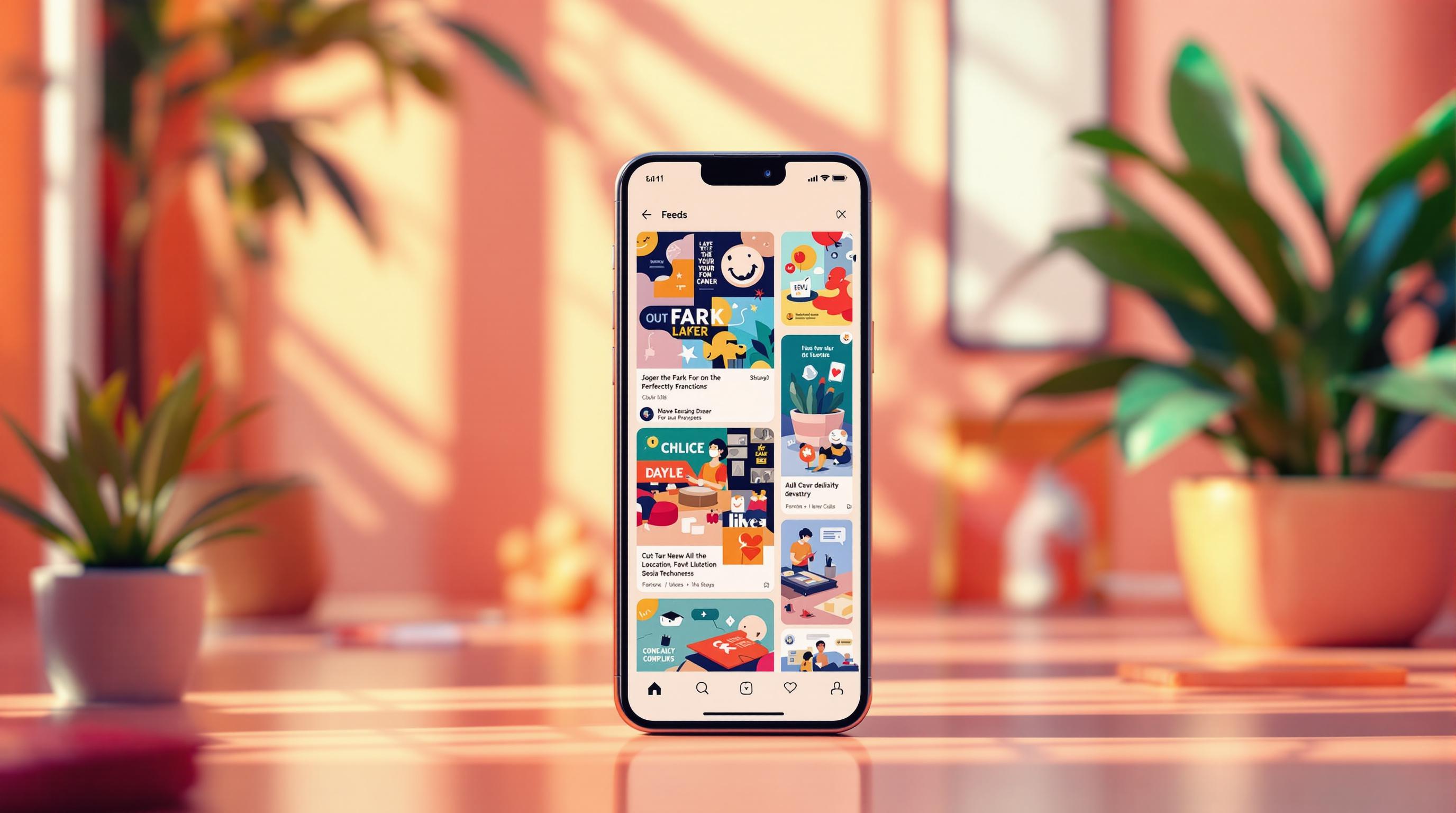

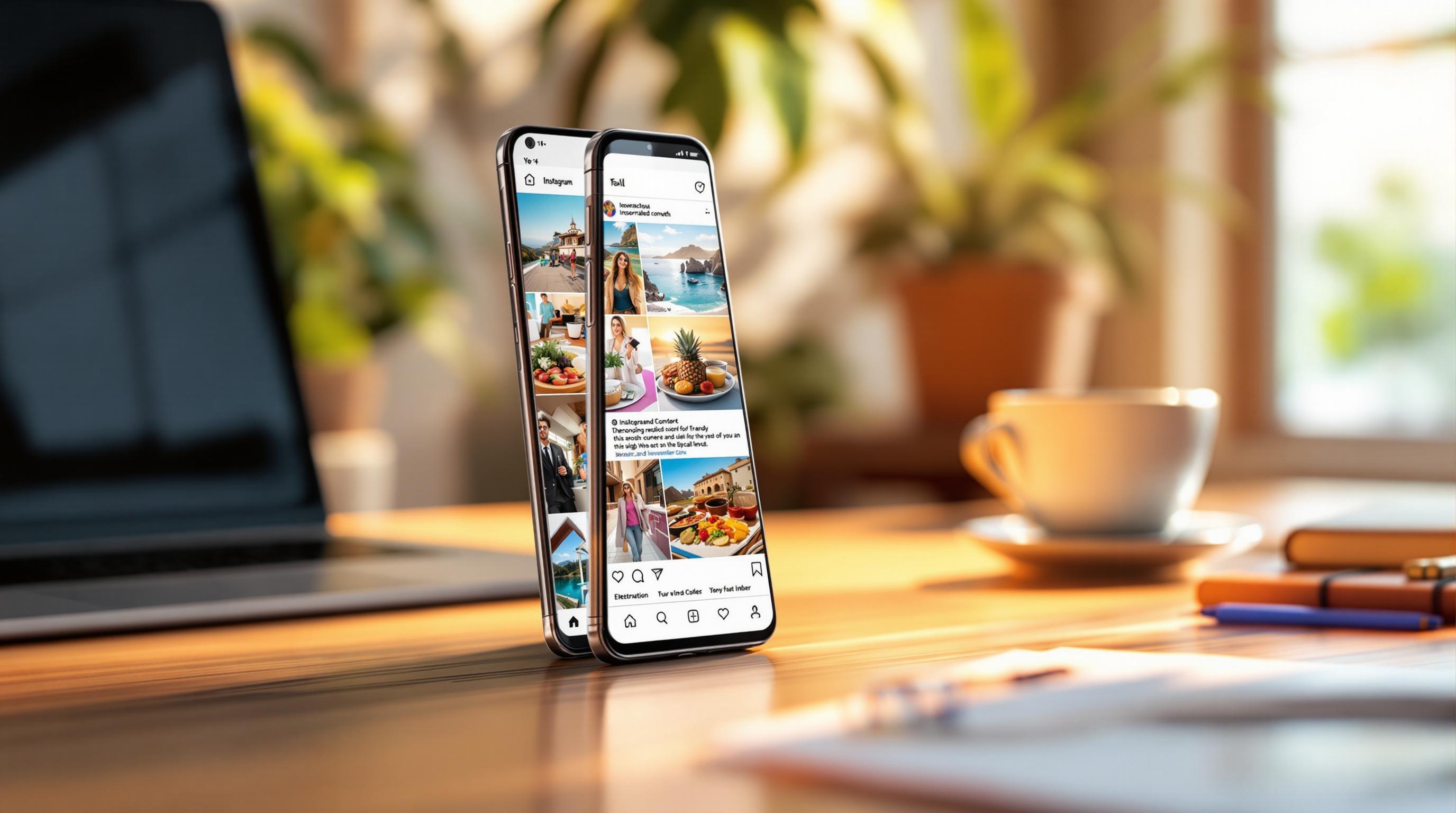










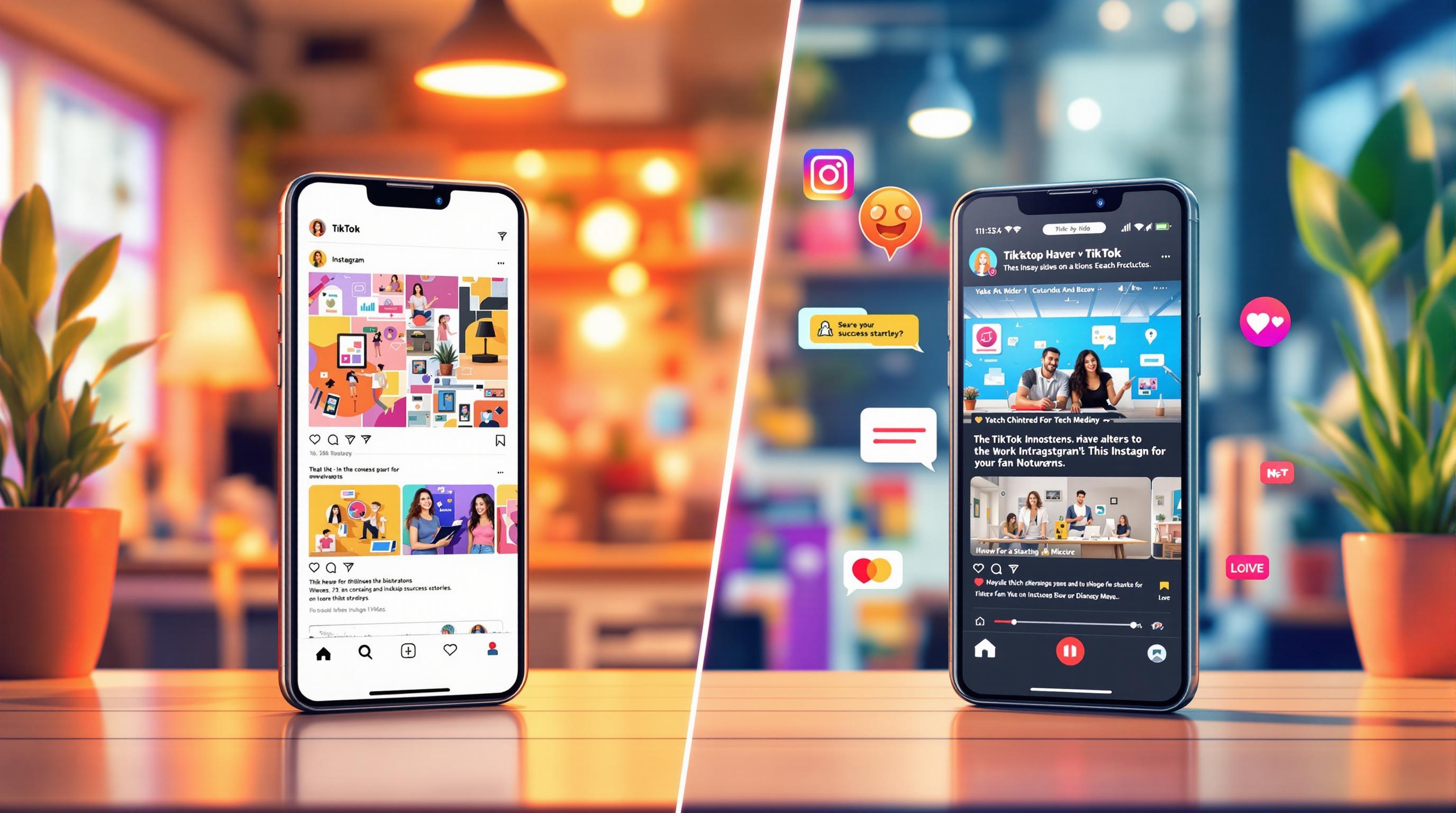


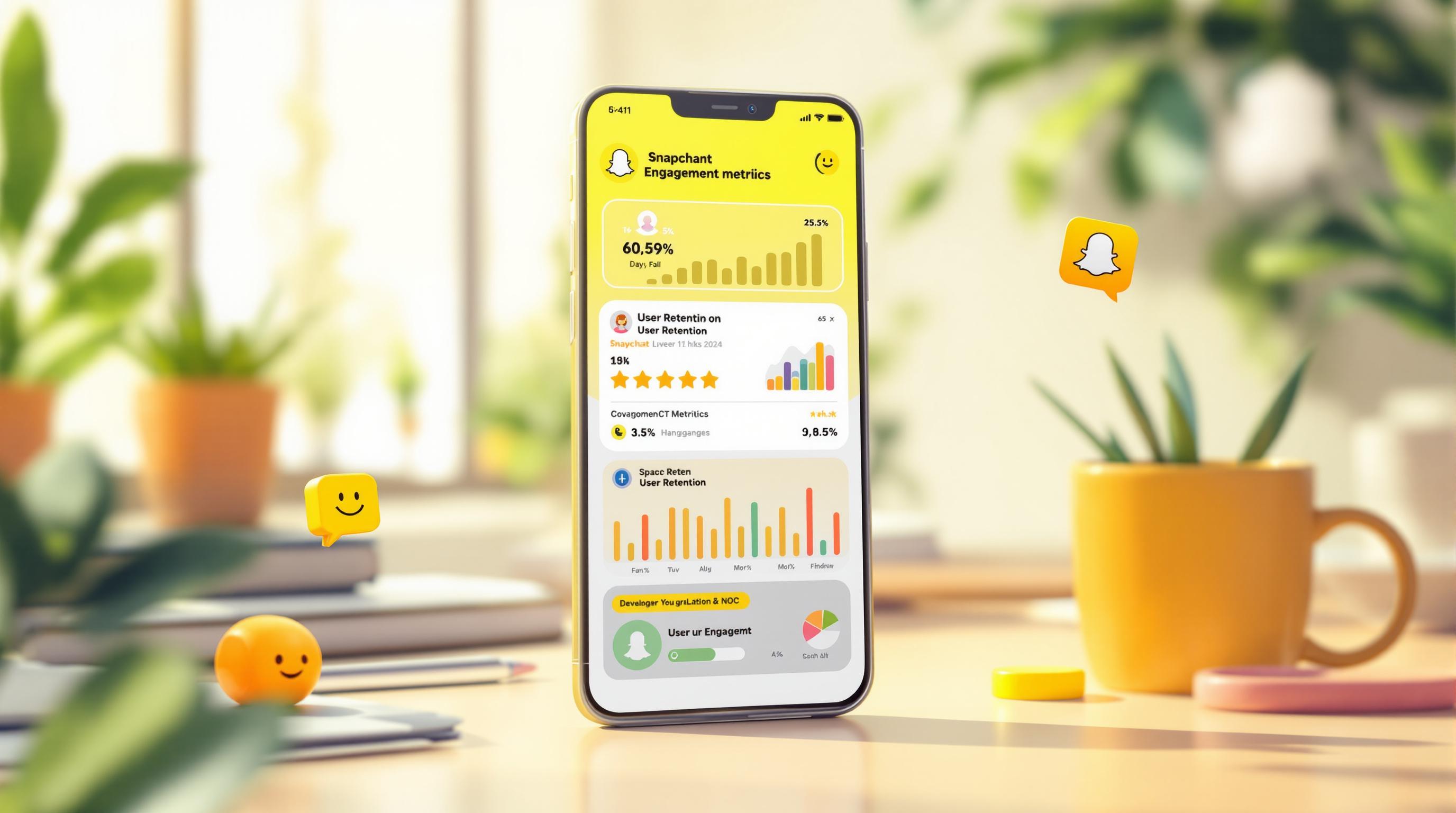
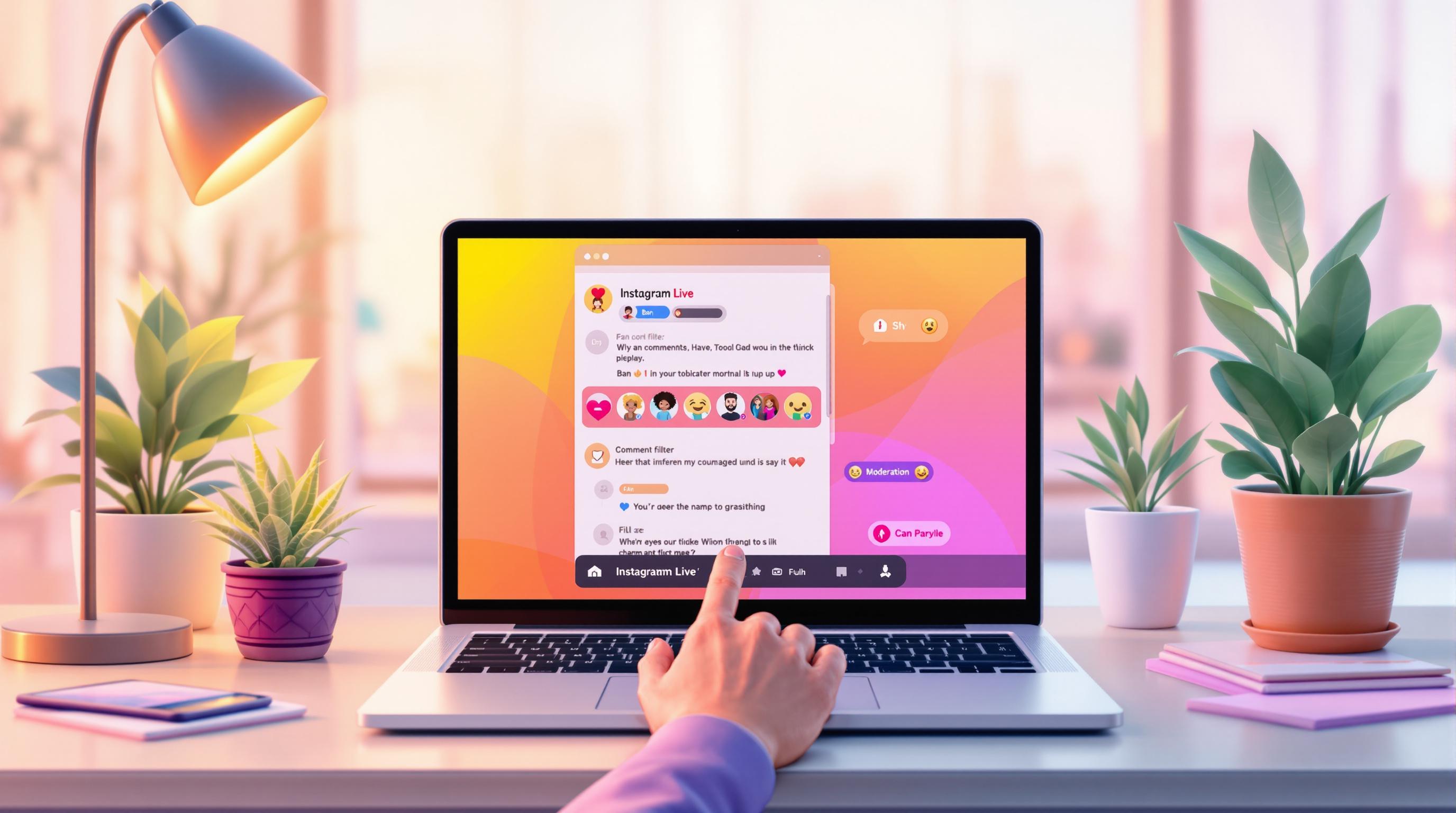

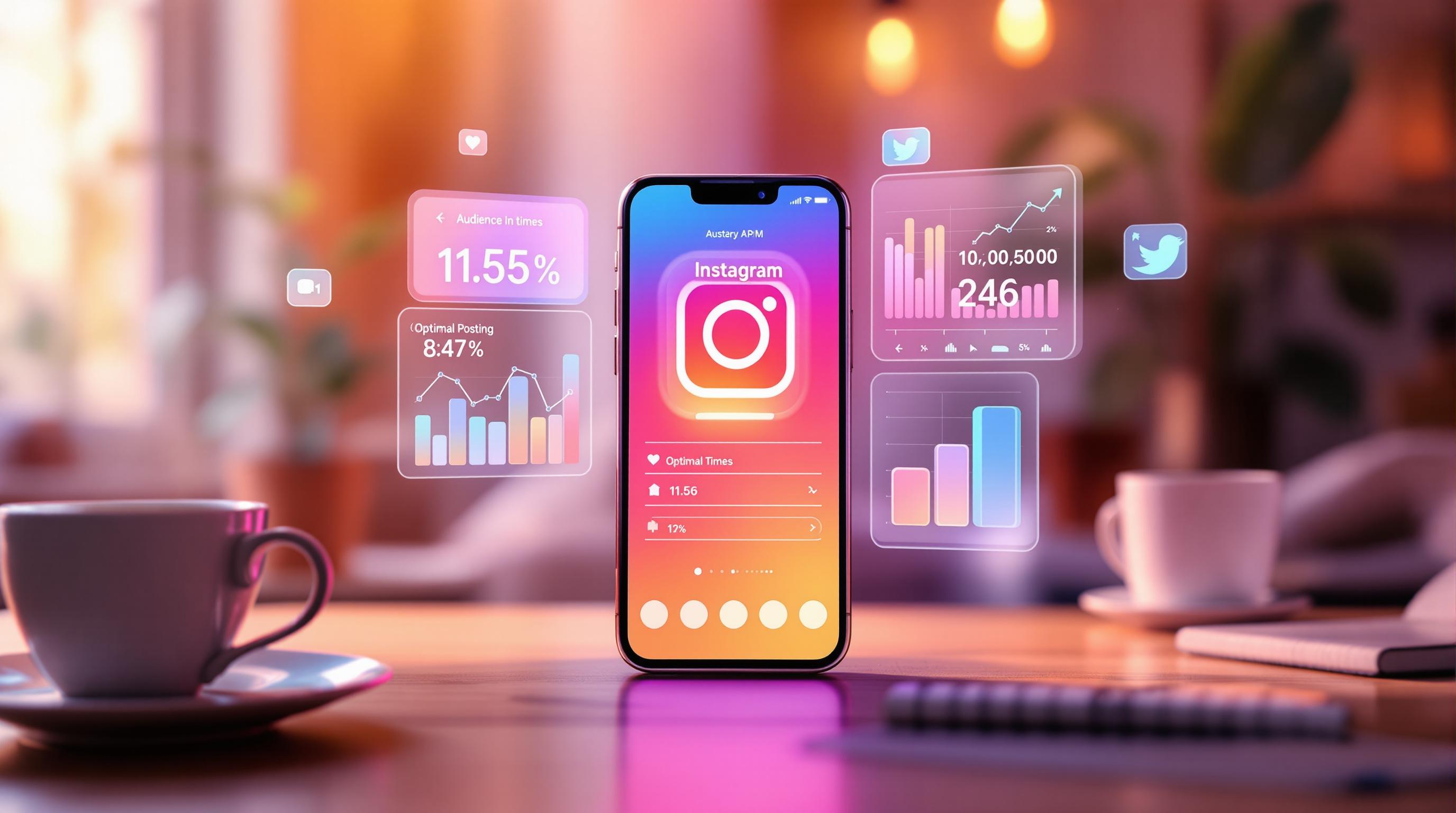

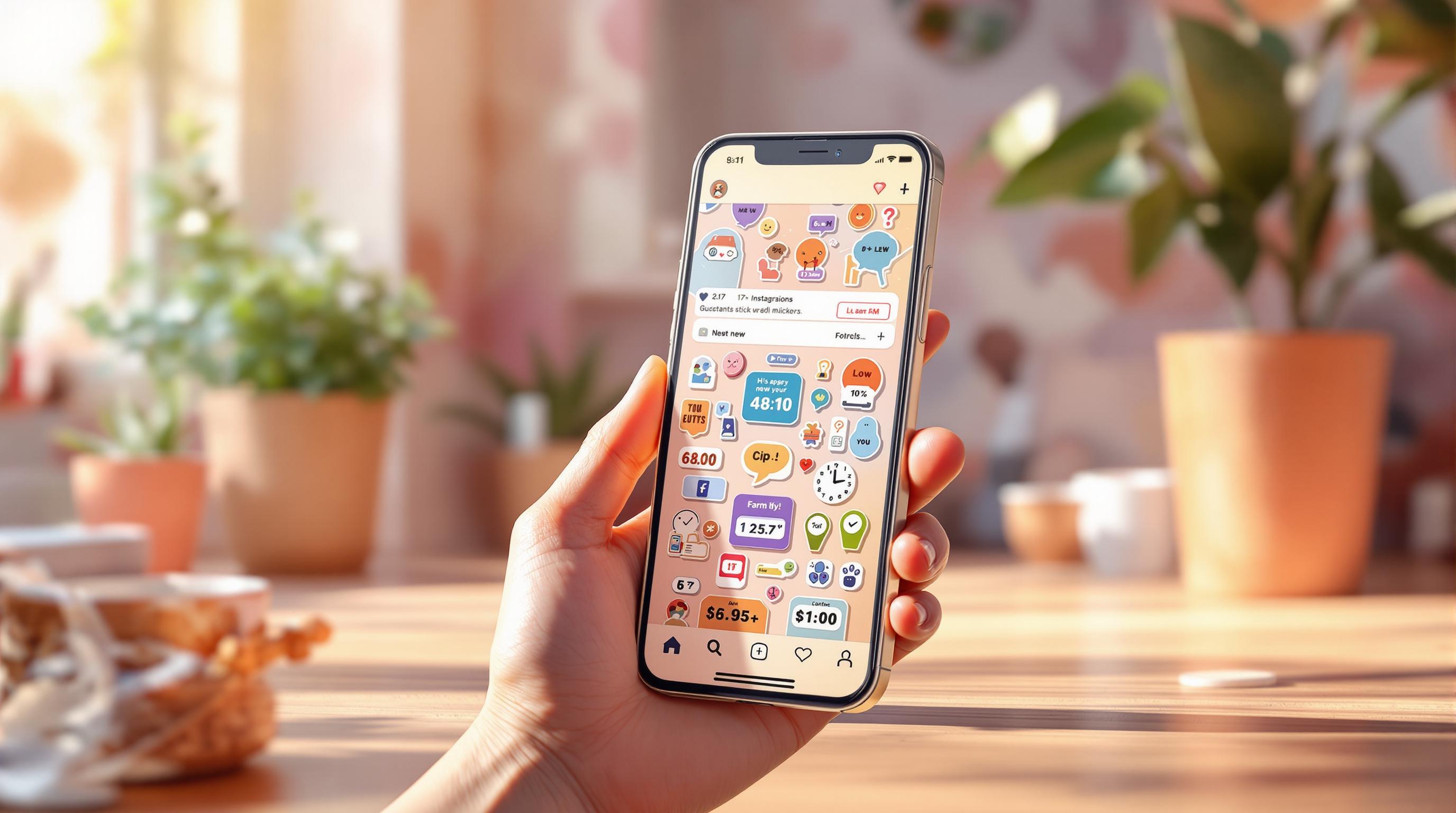
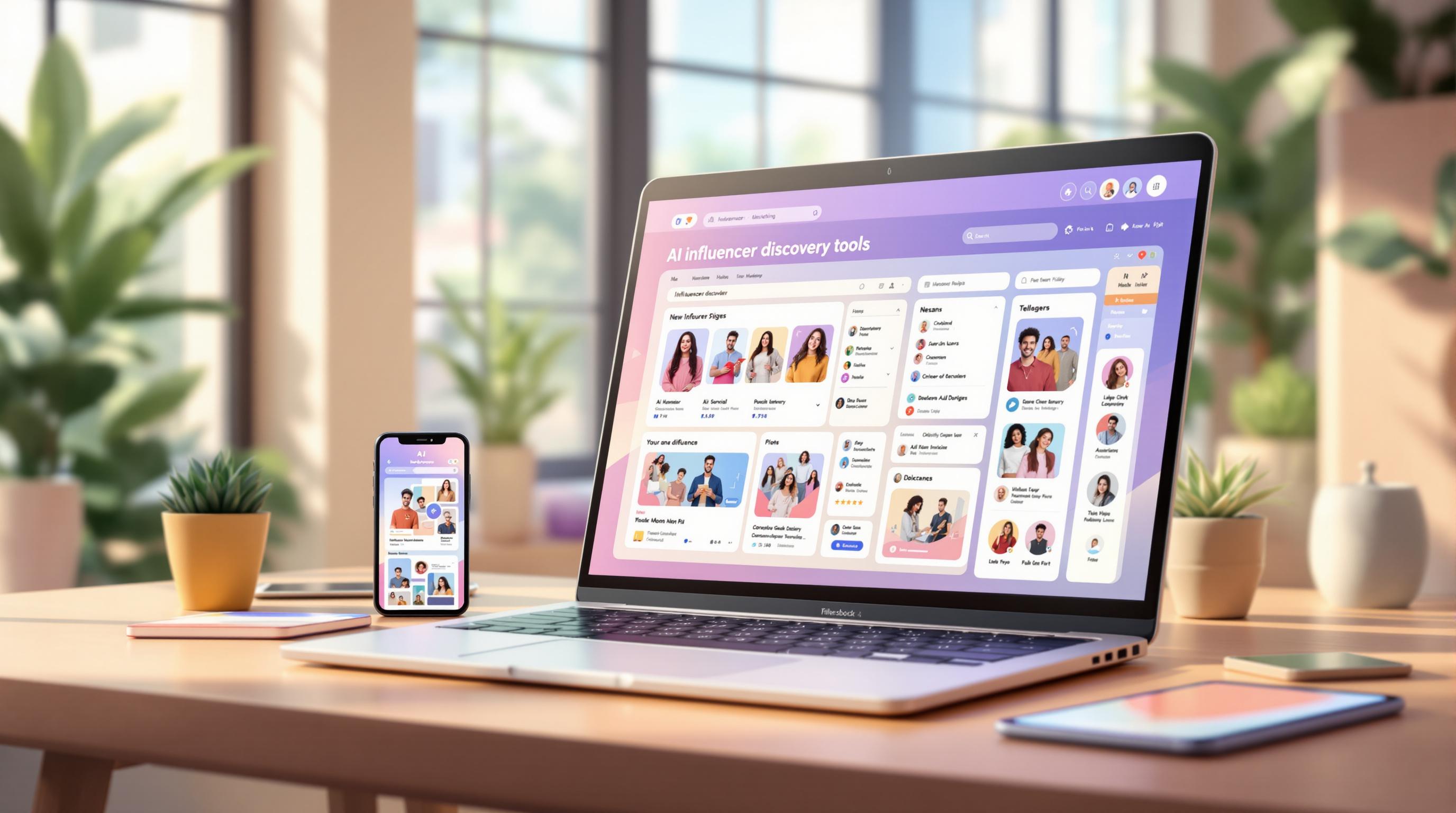


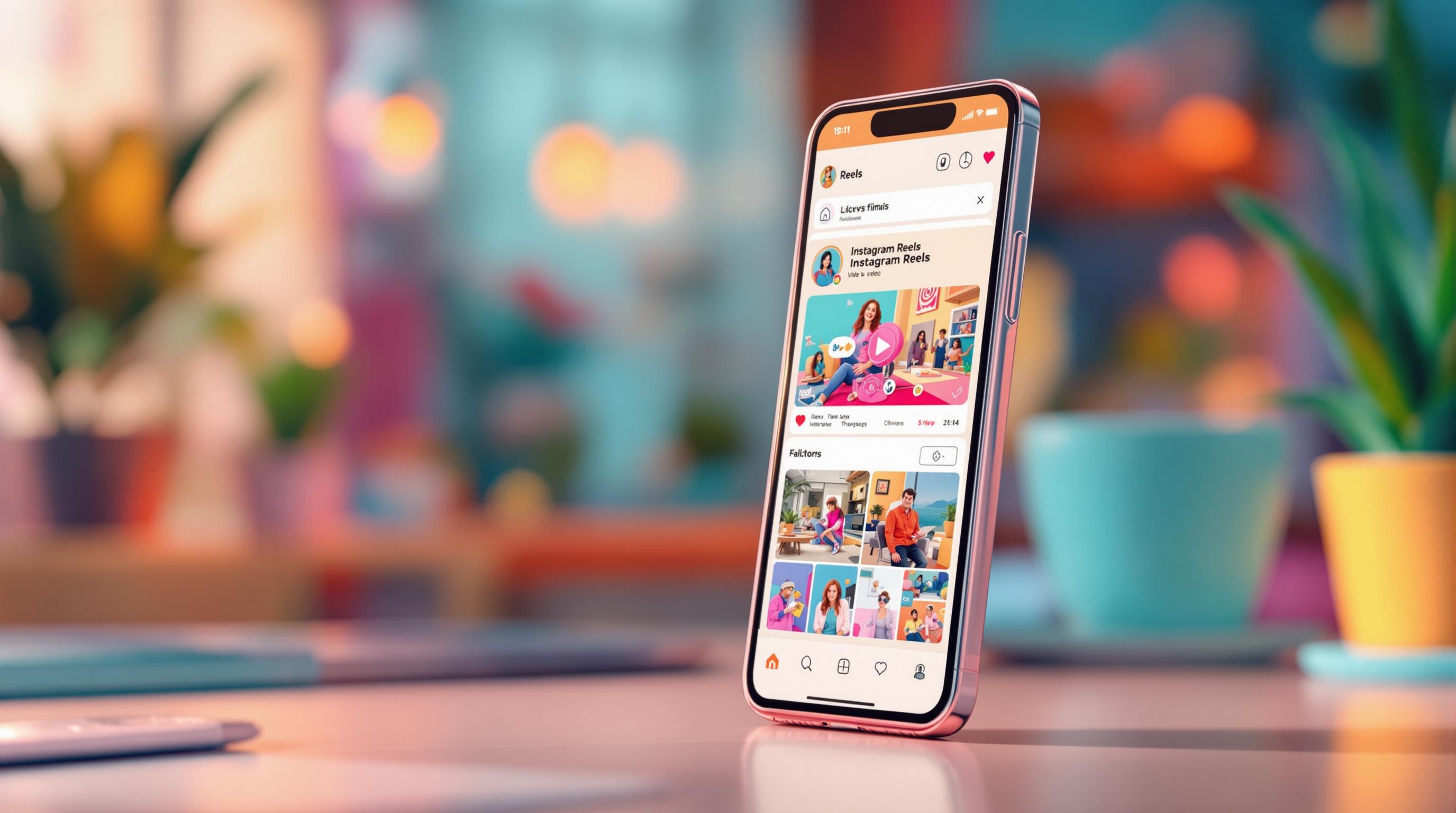
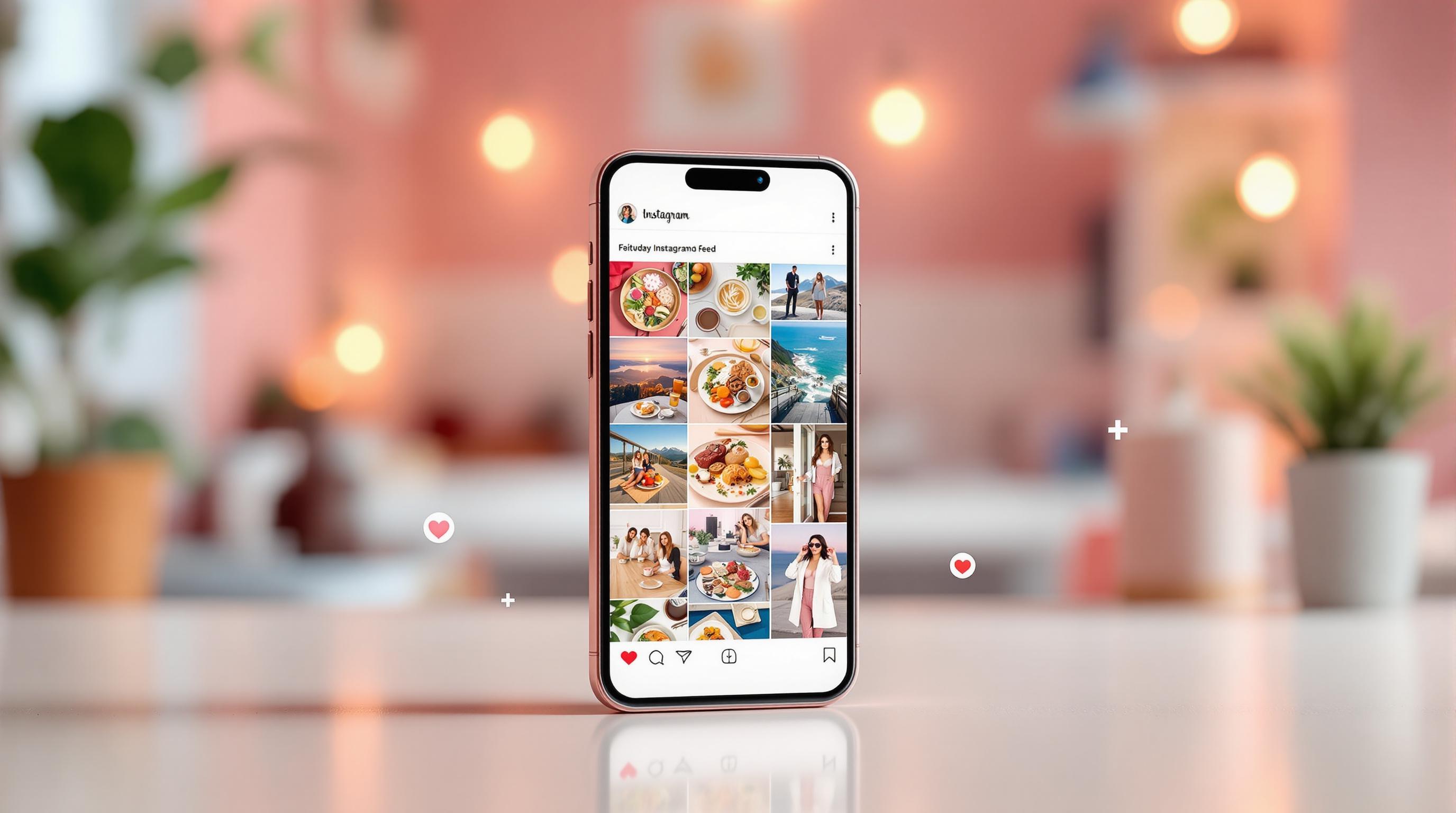


![Top 7 Best Instagram Growth Services in 2025 [RESULTS]](/cdn-cgi/image/fit=contain,format=auto,width=null/https://cdn.prod.website-files.com/67840d1d88a886f29a66a4c1/6795d12917ee4501b9eddf73_6795c731964f791db3b566c4-1737870861582.jpg)
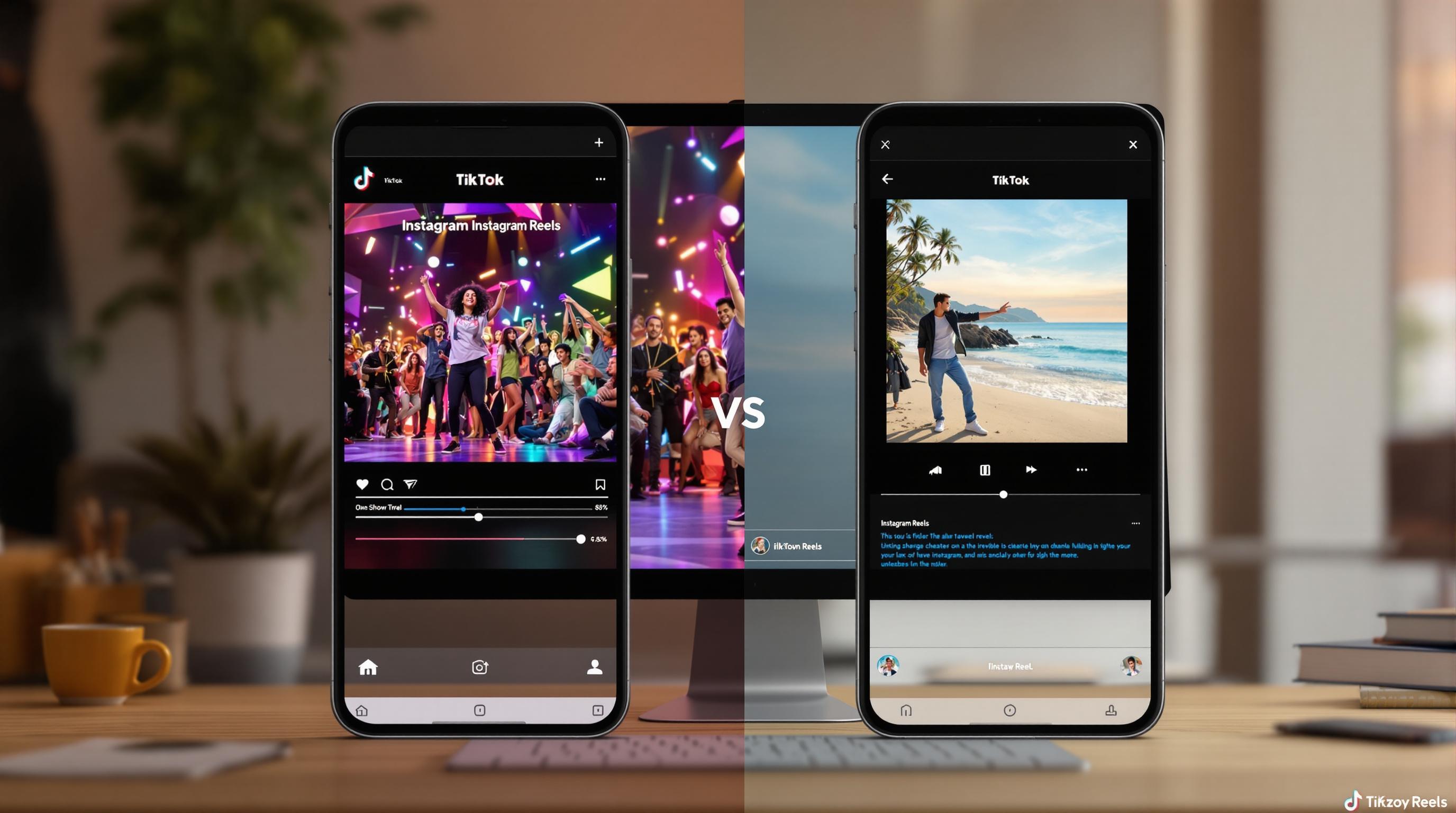
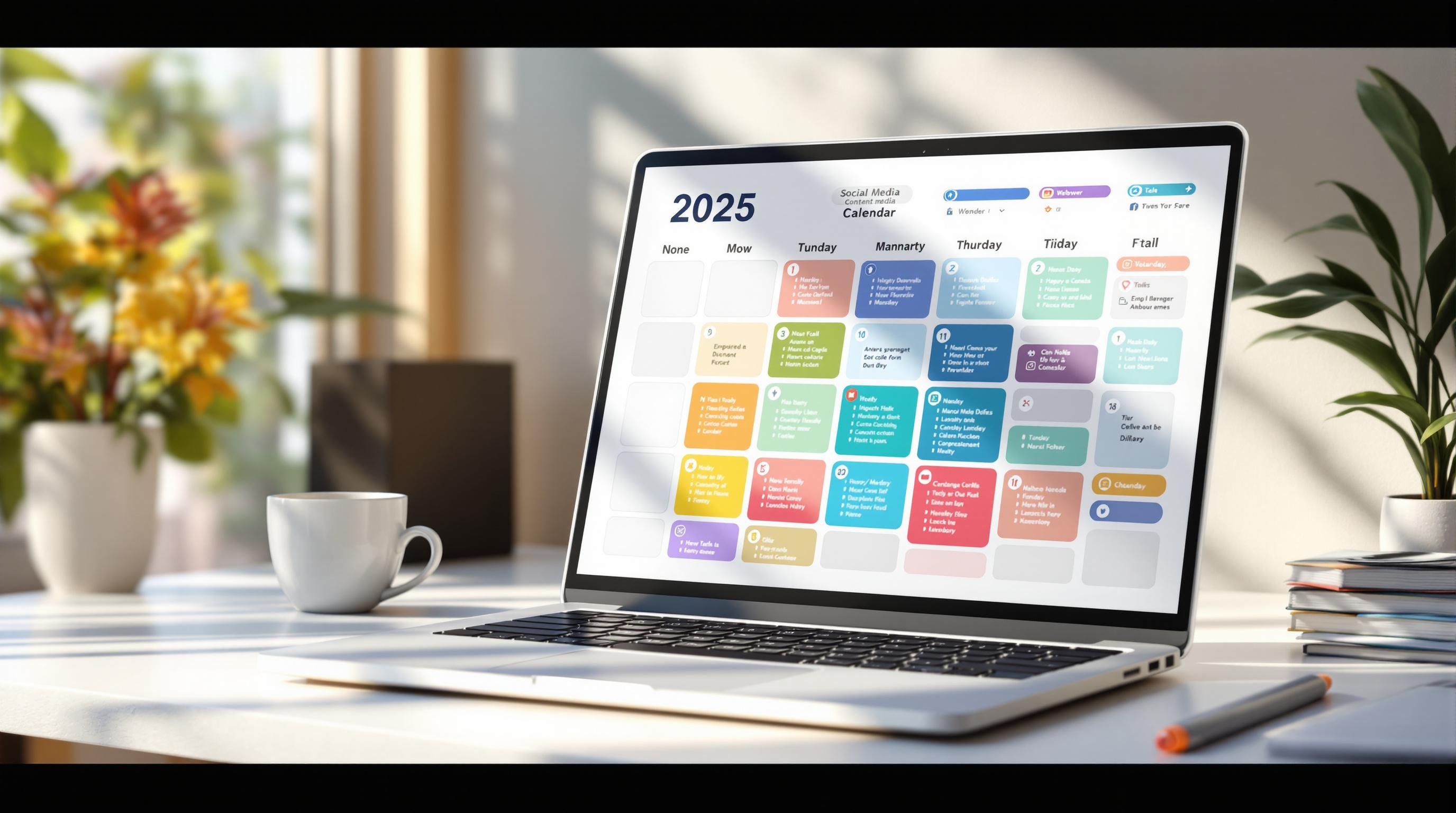
![UpGrow Review – The Best Instagram Growth Service in 2025 [TESTED]](/cdn-cgi/image/fit=contain,format=auto,width=null/https://cdn.prod.website-files.com/67840d1d88a886f29a66a4c1/6795040db42e404207732526_6794fd9c964f791db3b48de9-1737818779111.jpg)

